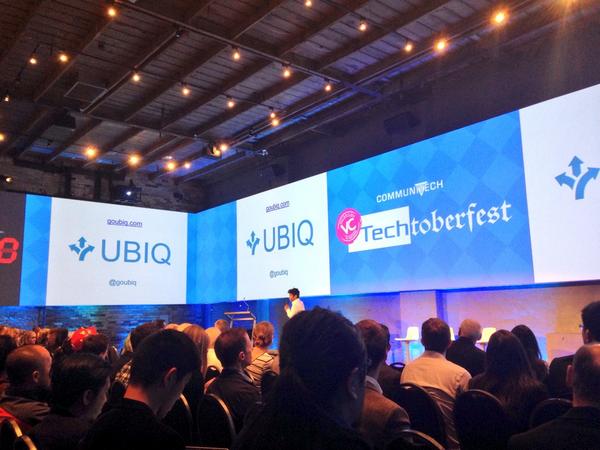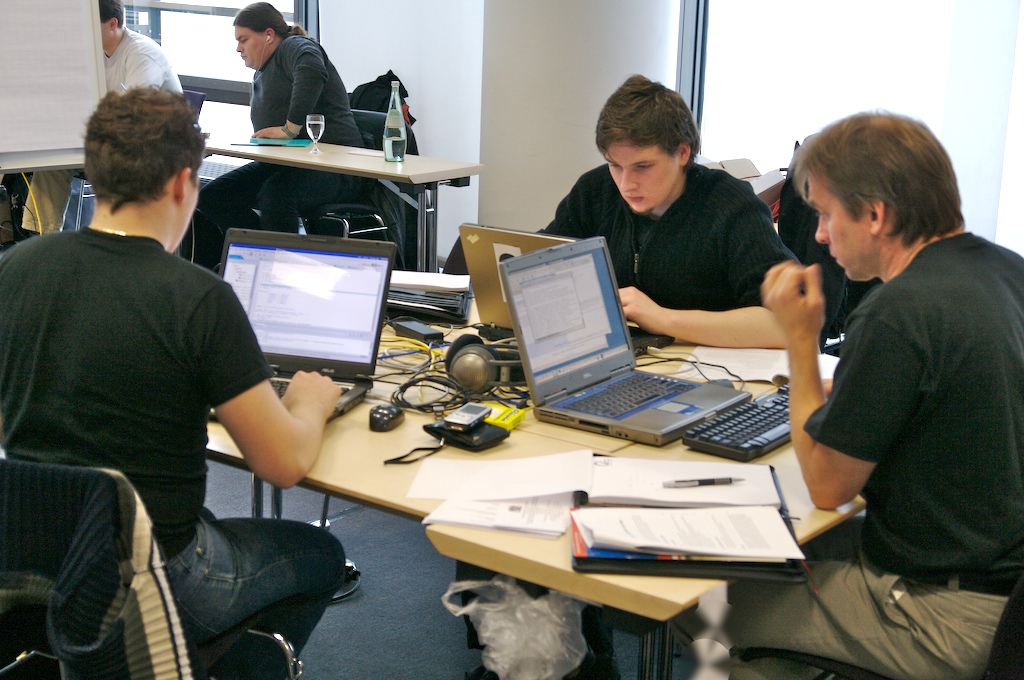The days of being bound to a single desk are coming to an end. Companies are shifting how they conduct business, thanks to technology. Virtually and remotely, we are seeing work culture change with the times, as employees are taking charge in how and where they work.
According to a study conducted by The Freelancers’ Union and Elance, 34% of the U.S. workforce consists of freelance workers. The union predicted that at least 50% of U.S. workers will be freelancers by 2020, less than 5 years from now! The Society for Human Resources Manage (SHRM) also reported in their 2012 study that 46% of participating organizations in the United States have virtual employees, including full-time, contractors and freelancers. Multinational businesses were more likely to encourage remote work at 53% over those solely based in the U.S.
While Yahoo’s Marissa Miller has banned employees from working from home, Harvard Business Review revealed that there are benefits to both employees and the organization by encouraging teams to work remotely. A study was conducted by Ctrip, a Chinese travel website, whose cofounders gave call center employees the option to work from home for 9 months. The employees had higher performance levels, increased job satisfaction rates and lower rates of turnover. The company also saw cost savings in operations, space and furniture.
In addition to working remotely, technology has changed communication styles. Virtual and wireless conferencing brings people together without barriers of time and location. Instant messaging and texting have reduced the wait time for the telephone or an email. VoIP and video gives employees a choice to speak face-to-face or just audio. With the array of devices used to perform tasks, technology has created greater flexibility and accessibility.
Employees are working more project-based than as individual contributors. They are evaluated not just for their work, but how they work with others, both internally and externally. People are being encouraged to no longer feel tied to their desks. Some companies are redesigning their spaces with open floor plans, recreational areas, cafes verses a “break room.”
For those who work remotely, especially freelancers, there are now co-working spaces to ignite idea sharing and conversation to help one another hit targets, reach goals and complete tasks. The company office is not necessarily the central place for knowledge. Employees can become more social with their peers.
The traditional workplace still has its place for those who need more discipline and structure. However, it is becoming more open to change with employee benefits such as flexible time, unlimited sick times, longer paid time off and being provided with mobile and smart devices.
What about IT? IT departments should be ahead of the curve when it comes to the ways technology is disrupting the workplace and changing company culture. Not only should the teams be versed on the latest hardware and software applications, it should be mindful of how employees are working and communicating. Partnering with Human Resources is a great way to gain insight to put against industry trends and benchmarks. That way, IT can develop programs and implementation strategies that will make support the shift in workflows, connect employees and their third parties and drive business successes.
So, what does the future of work look like? It’s however we want it to look like with no boundaries – it can look like a coffee shop or no more cubicles. This all depends on the employees, and how it can increase creativity and collaboration. We all have the opportunity to work how we want, when we want without barriers.
Where’s your ideal place to work?

Want to set up a wireless Conference Room?Try Now


